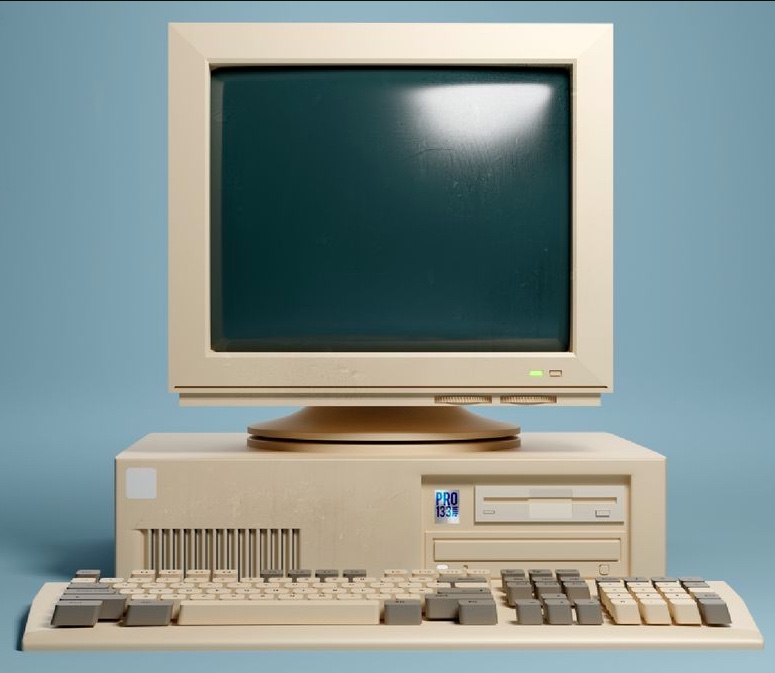If you miss the golden age of Windows, Microsoft’s latest announcement will certainly make you happy. The company, in collaboration with IBM, announced the open-source of MS-DOS 4.00, whose source code was jointly developed. Ten years after publishing the source code of MS-DOS 1.25 and 2.0, Microsoft is making another contribution to the world of open-source software preservation. In collaboration with IBM and ‘in the spirit of open innovation’, the company released the source code of MS-DOS 4.00 under an MIT license.
MS-DOS, which stands for Microsoft Disk Operating System, was first released in 1981, a full 43 years ago. In 1986 came MS-DOS 4.00, designed with multitasking in mind, allowing specific programs to run in the background. However, due to the lack of interest from computer manufacturers at the time, including IBM itself, this first release, called ‘Multitasking DOS’, was not widely distributed. As a result, the final version of MS-DOS 4.00 in 1988 was not the multitasking OS that was originally intended.
What it means for all of us
Digital enthusiast and archivist Jeff Sponaugle, who helped create the image of the original disks (see photo), posted a video on YouTube today of DOS 4.00 Multitasking running on an IBM PC XT, which you can see above. This ‘Multitasking DOS’ or MT-DOS was never widely distributed on the market, being later abandoned for the development of MS-DOS 5.x and MS-DOS 6.x before the Windows 9x era. The new open-source release does not include this multitasking version of DOS but still provides additional material that software historians will surely find interesting. Microsoft claims to have managed to run MS-DOS 4.00 on an IBM PC XT within PCem (a Windows 95/98 emulator) and on an 86Box emulator (specifically for IBM PCs). The source code is available on GitHub for anyone who wants to try it out.

A bit of history
When IBM presented its first IBM 5150 personal computer on an Intel 8088 processor on 12 August 1981, it was combined with three different operating systems: CP/M-86, UCSD p-System and PC DOS. PC DOS was commissioned in 1980 from a Seattle company founded only five years earlier, Microsoft. Version 1.0 of PC DOS was floppy disk only and accompanied the launch of the IBM 5150. Microsoft then rewrote the software to support subdirectories and hard disks. Version 2.0 was released with the IBM PC-XT in March 1983. Microsoft still retained the rights to its operating system and licensed it to other computer manufacturers under the name MS-DOS (Microsoft Disk Operating System). It evolved up to version 8 on 14 September 2000 into Windows Me.
MS-DOS 4.0 was released in October 1988, but the version published by Microsoft on GitHub, in collaboration with IBM and under license from MIT, has ‘something extra’. In putting together the source files of MS-DOS 4.0 for publication, beta binaries appeared that had been collected by a former Microsoft CTO called Ray Ozzie, who also had rare paper documentation on the version. Microsoft then published MS-DOS 4.0 on GitHub together with the additional binaries and the exported PDF documentation (located in the ‘v4.0-ozzie’ folder). The MS-DOS 4.0 source files and the previous 1.25 and 2.0 versions published in 2018 cannot be modified with pull requests on GitHub but can be used for experimentation and forks.



